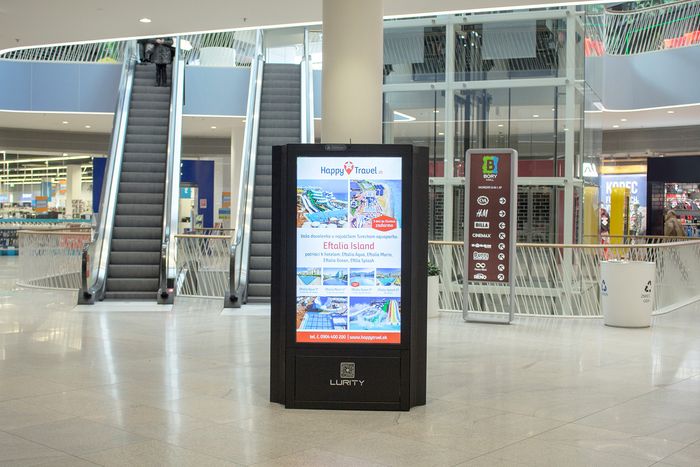
Running a quality outdoor campaign involves far more than just creating an interesting visual and ordering advertising space. One of the prerequisites for a successful campaign is the correct targeting of the advertising message.
The basic rule of any advertising campaign is to know your customer. This is all the more important when advertising outdoors, because you don't have immediate feedback on the effectiveness of your campaign.
For example, if the goal of outdoor advertising is to build brand or product awareness, you can measure the success or failure of this campaign over time. Therefore, it's important to measure once (plan and target a campaign correctly) and cut only once (order areas and run a campaign).
Here are 5 steps to plan for an ad campaign:
- To whom to communicate
- What to communicate
- How to communicate it
- Where to communicate
- When to communicate
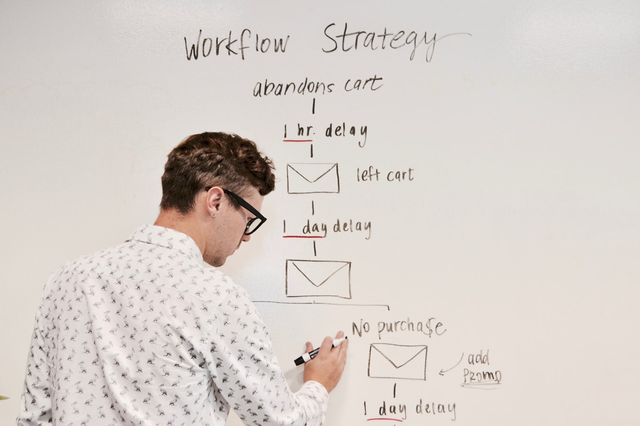
- To communicate to whom
Many marketers make the mistake of "throwing all customers into one bag". As if the "customer" buying the product was one large homogeneous group with the same needs, opinions and shopping behavior. However, it should be noted that one and the same product can be bought by a mother at the nursery, a successful entrepreneur as well as a student who has it deep in his pocket.
So the basic question is - what unites all these customers? Maybe at first, second and even third glance, NOTHING at all. It is possible that each of them solves a completely different personal need with the product. Each of them has different expectations, appreciates different benefits and even makes different product choices.
Let's now take a bank account as a model example of a product. This product is used by all three mentioned customers. But what common feature unites these people?
They might seem to be united by a "need to pay". However, this does not explain why they opted for a bank account, when they can still pay in cash, via PayPal, bitcoin, deposit to the account, or in any other way without having to open a bank account at all. It is therefore highly probable that they are motivated to open an account by something other than just the possibility to pay …
Customer 1, mother at the nursery - she wanted to take a loan and the bank gave her the condition for opening an account and sending the salary to the account. He often pays in cash and therefore wants to have ATM withdrawals free of charge.
Customer 2, a successful entrepreneur - he opened a personal account in the same bank as his company account. He wanted to have transfers between his accounts immediately, as he often traveled and needed to manage the account remotely.
Customer 3, student - needed to open an account so that the company he works for could pay him a salary. Because he has it deep in his pocket, he doesn't want to pay for the bill. However, he likes to pay by card, because he doesn't like full cams of small coins.
What is the chance that these 3 customers will be reached by one and the same advertisement? Each of them has different needs and therefore marketing communication should reflect these needs differently.
Due to the fact that nowadays it is not technically possible to create individual outdoor advertising for each customer, it is necessary to divide them into customer groups. Try to group customers according to their needs and find commonalities - it can be age, gender, creditworthiness, number of children, lifestyle, shopping preferences, etc.
An ordinary table in which you connect customer groups with their real needs is best for this purpose. For example, Group 1 are moms in kindergarten, Group 2 entrepreneurs, Group 3 students, etc.

Tip: Divide customers into groups (so-called marketing people) and try to understand their needs. Then write them in a clear table so that you are always in sight and can return to them at any time.
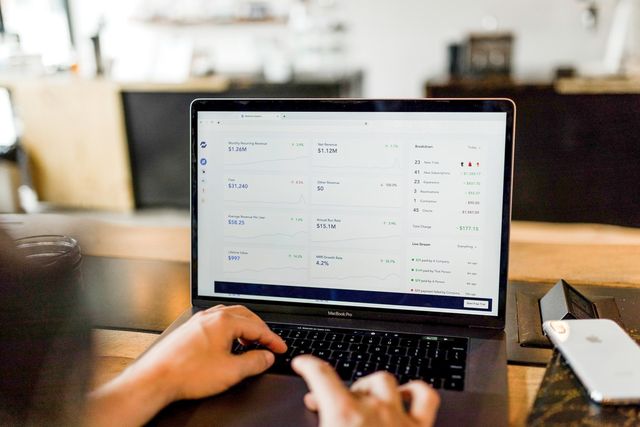
2. What to communicate
You have grouped customers and you already have a brief idea of their needs. What next?
Connect the needs of individual customer groups to the unique features of your products that can meet these needs.
The need for "frequent withdrawals from ATMs" can be covered just as well by a wide network of its own ATMs as well as the possibility of free withdrawals from ATMs of other banks.
The need for "remote account management" can be covered by high-quality Internet banking or a handy mobile application.
Extend the originally created customer needs table with product features:

Ideally, you have already performed these 2 phases during the design of the product itself. However, if the product is already in the world and you, as a marketer, have to "sell what it is", you have no choice but to retrospectively analyze customer needs and connect them with the unique features of the product. Ideally, a product feature can solve a specific problem that is so important for the customer that he is willing to move away from the competition to solve it. , students will receive a free account and mothers will be contacted through a wide network of their own ATMs.
Tip: Don't just focus on the bare features of a product without proving their usefulness to your target audience. Try to understand what positive effect the function has on the customer's life and how the function will help meet his needs.
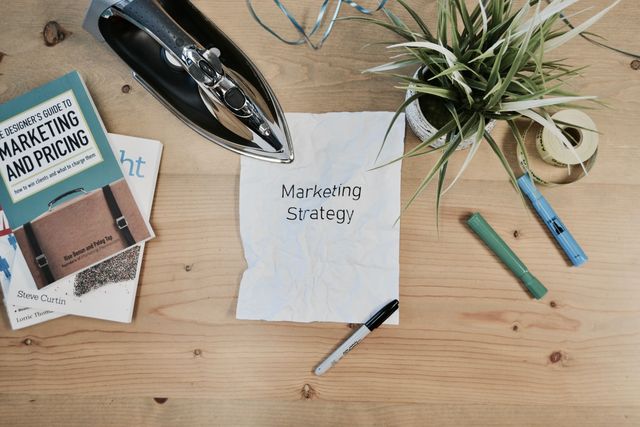
3. How to communicate
How to communicate specific product benefits? Which mediamix to choose? What ad formats?
See how your competitors communicate and do the exact opposite!
Keep in mind that at a time when you're thinking about being "inspired" by a competitor's campaign, that competitor may be banging his head on the wall and saying, "More money being thrown into advertising that had no effect." Keep in mind that just because competitors do advertising in some way doesn't mean that this process is guaranteed to be effective.
Another negative aspect of repeating after competitors is that you lose the chance to excel and engage the customer. If you communicate like everyone else, you will probably achieve results like everyone else. According to advertisements, all telco operators have the most advantageous Internet packages, all washing powders will make white even whiter ...
However, instead of the size of the budget, try to compete with the creativity of the ad and the interest of the ad format. A suitable way to differentiate yourself during an outdoor campaign is to use digital surfaces with video advertising - a moving image will more easily attract attention than a static billboard. In addition, digital spaces are usually in more exclusive locations and therefore do not have to compete for attention with dozens of other advertising spaces.
A good way to engage the target group is to prepare a visual for each target group individually. The specific function of the online banking application can be used differently by individual groups - for example, when paying with Apple Pay, a student may appreciate that it also works with Apple Watch, but the entrepreneur will rather appreciate that he can conveniently choose from several of his cards when paying. Modern digital ad slots allow you to target different content to different audiences.
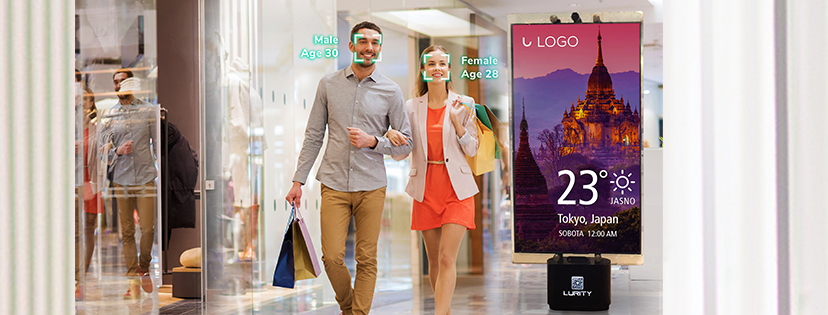
4. Where to communicate
Another common mistake that marketers make is that they often stick to stereotyping when targeting ads. I will give a few examples of stereotypes that marketers often stick to: "shopping centers are visited mainly by creditworthy clients, only students go to the gym and only old people go to hospitals." But is it really so?
Based on long-term measurements of ad viewership in hospital facilities, we found, for example, that the number of their visitors is not pensioners (this group is even in a significant minority). More than 1.5 million interactions on 70 screens in 14 hospitals and polyclinics in the Košice region were analyzed. The result of the analysis is that the vast majority of ambulance visitors belong to the productive age group.

We also looked at the gym in which we run advertising screens. In this case, we analyzed an order of magnitude smaller sample of 50,000 interactions. A small part aged <18 (assumed) were high school and grammar school students. An important group were also men and women aged 18-24. However, not only students but also ordinary employees, young managers or entrepreneurs could be represented in this group. However, the strongest represented group were men from 24 to 34 years of age, who are assumed to belong to the productive group of society.

How are shopping centers doing? If we look at the long-term statistics of 10 miles of vision, we can see that all demographic layers are represented in shopping. Given this representation, it is not possible to assume that there are only creditworthy visitors - only "creditworthy students", only "creditworthy middle class", only "creditworthy pensioners". Of course, it is impossible to estimate creditworthiness only on the basis of demographic data. However, it is also tempting to assign a creditworthy group to visitors only on the basis that they are located in a shopping center, where there are dozens of different stores and stores with expensive brands.

However, let's try to look at this matter from a purely practical point of view. As a model example, let's say you want to reach a customer in a lower and middle management position who has a family. Where would you address such a customer? If you detach yourself from the stereotypes that this group of customers occurs only in Aupark or Eurovea, you will come up with dozens of other locations where they could still occur. Try to get married to this customer's skin for a moment…
In the morning he goes to work by car. For lunch, he may bounce to Polus, which has a business center next to which he works. After work he goes shopping in Bory Mall, which he has on the way home. In the evening he still has time to jump into the gym. During the weekend he goes to make a big purchase to Avion and in the evening he takes his family to the Aquapark in Senec. When he is sick he goes to the hospital…
At each of these sites, you could address it through advertising screens or LED boards. These alternative advertising media are often cheaper and more effective than classic billboards or citylights, as their surroundings are not so crowded with advertising.
Tip: Stand out from other advertisers and use non-traditional media, locations, or areas. People migrate around the city all day, so you have countless opportunities to reach them in the right place.
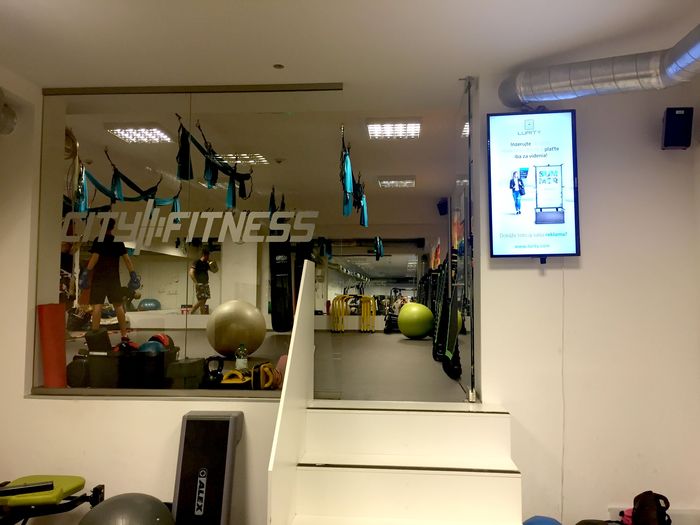
5. When to communicate
When is the right time to start an advertising campaign? Maybe now, maybe in half a year and maybe it was late yesterday…
For example, travel agencies are launching first-minute offers in December, some of them even in October. Is this the perfect time? From the point of view of travel agencies, certainly yes - filling capacities in advance, albeit at the cost of significant discounts, reduces the risk of later non-fulfillment of the trip and improves cash flow. From the customer's point of view, one could already argue about whether October is a good time to book a holiday for August.
However, if October is a good time to sell first-minute, when is a good time to launch an ad campaign to promote first-minute sales?
First of all, you need to realize that buying a first-minute vacation is not a spontaneous decision and you need to proceed from that. It is difficult to assume that the customer is walking around the shopping center in the autumn, he suddenly sees the offer of the travel agency in Cyprus for the whole family for only € 1,999, enters the store and pays a deposit 10 months before departure. A more probable scenario is that this purchasing decision takes a long time for the customer, perhaps even throughout the year …
For example, a customer could talk to friends in March, who advised him about Turkey. In April, he was fascinated by the billboard where they promoted the Maldives, so he decided to google more about this destination. In May, he heard a conversation with a traveler on the radio as he talked about Italy in an interesting way. In June, a blog popping up on Egypt popped up on Facebook. A month later, his wife tells him that the mother-in-law liked Spain and received a good recommendation for the XY tour.
Every conversation, blog read and ad seen completes the customer's preferences. Some reports are of greater importance, others of negligible importance for his final decision. In any case, it's a long shopping process, much longer than the spontaneous decision "I'm hungry, I'm going to buy dinner in Lidl."
Therefore, if the travel agency decides to advertise only in October, it can only correct the customer's purchasing decision to a very limited extent. More often, however, it is the case that the customer is already at the moment of the first-minute sale decided where he wants to go and with which agency he will fly there.
The travel agency should therefore communicate throughout the year in order to be able to influence the customer's decision, at least to the extent that the customer prefers it to the competition. A suitable combination is therefore year-round brand campaigns to support the brand, which seamlessly transition to sales campaigns to support specific products.
Therefore, every marketer needs to know how to make a purchasing decision in the head of a particular group of customers. At another time, the holiday is decided by students who are tied to the holidays, and at another time by accountants who are tied to tax deadlines. Customize the communication plan and campaign dates for each of your target customer groups.
